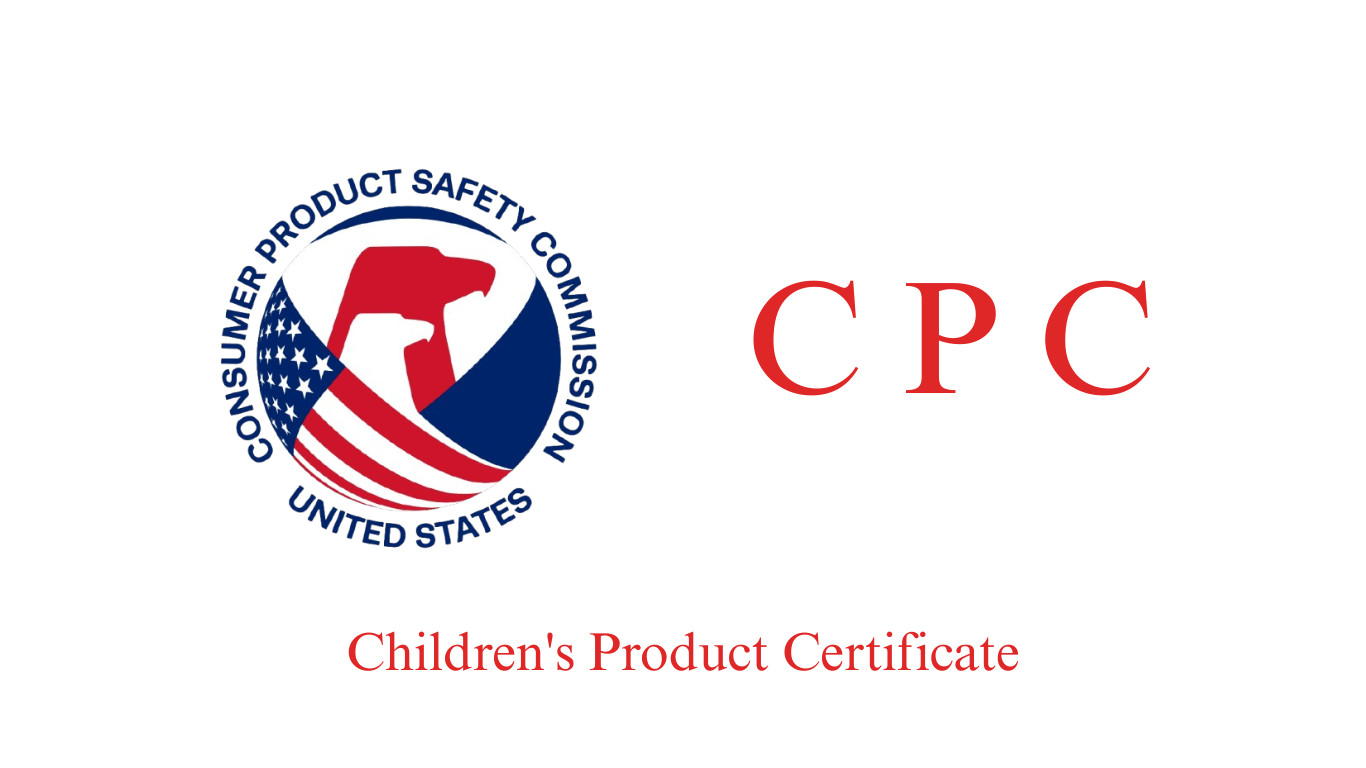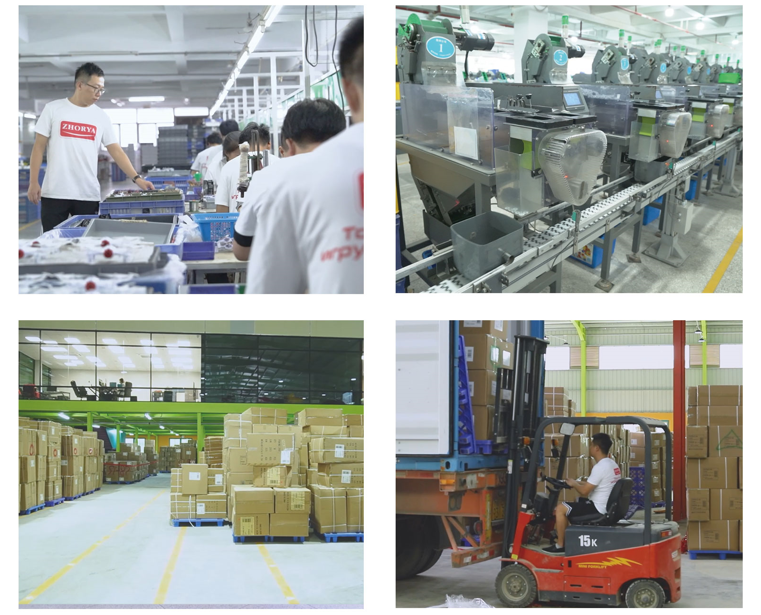Login
Join Free
Why Today’s Toys Are Safer Than Ever Before: Inside the Modern Toy Safety System
Toy safety has never been more important—or more advanced—than it is today. From everyday plush toys to high-tech remote control gadgets, modern toys are subject to rigorous safety checks and global regulations to ensure children play without harm. Over the years, the toy industry has made tremendous progress in safeguarding young users, thanks to innovation, strict standards, and an unwavering focus on child safety.
A Look Back: What Sparked the Change?
While toy safety has always been a concern, the year 2007 served as a major turning point. With more than 20 million toys recalled due to issues like lead paint and small magnetic parts, the crisis led to stricter oversight from regulators, especially the U.S. Consumer Product Safety Commission (CPSC).
But that's just the beginning. The real story is what came next—how the toy industry rebuilt trust through better standards, tighter manufacturing controls, and technological innovation.
Today's Toy Safety: What Has Changed?
The toy you see on shelves today goes through a long journey before reaching the hands of a child. Let's explore what makes modern toys safer than ever:
1. Stringent Global Regulations
Countries now enforce stricter toy safety laws that manufacturers must comply with before they can sell internationally. The most prominent standards include:
-
CPSIA (U.S.): Regulates chemical content, small parts, labeling, and more.
-
EN71 (Europe): Covers flammability, mechanical properties, and toxic elements.
-
ISO 8124 (International): Similar to EN71 and CPSIA, used widely in Asia-Pacific.
-
CCC (China): Mandates quality and safety compliance for toys sold in China.
Each of these standards ensures that toys meet essential requirements in terms of structure, materials, and labeling.

2. Better Materials and Chemical Safety
Unlike decades ago, today's toys are made with non-toxic, thoroughly tested materials:
-
Lead-free paints and plastics are mandatory.
-
BPA-free and phthalate-free plastics are standard.
-
Recycled and biodegradable materials are used in more eco-conscious lines.
All components—paint, glue, fabric, plastic, batteries—must pass chemical analysis tests before mass production.
3. Mechanical & Physical Safety Improvements
To prevent injuries, toys must pass several physical safety tests:
-
Small parts tests: Ensures no choking hazards for kids under 3.
-
Sharp point & edge tests: All surfaces must be smooth or rounded.
-
Drop tests & compression tests: Simulate rough play to ensure durability.
-
Battery compartment security: Battery covers must be screw-fastened or childproof.
Even packaging materials are now tested for safety to prevent cuts or suffocation.
4. Third-Party Lab Testing
Most manufacturers now send toys to accredited third-party labs that replicate real-world play scenarios. These labs test for:
-
Impact durability
-
Flammability
-
Tension, torque, and bite resistance
-
Chemical residue or off-gassing
-
Labeling accuracy
Only toys that pass all tests receive certifications and can be legally sold.
5. Digital Age Safety Considerations
Smart toys, remote control devices, and app-connected toys bring new safety issues like:
-
Electromagnetic compliance
-
Battery safety (overheating, leakage, short-circuit protection)
-
Child data privacy and cyber threats
Many toy makers now include data encryption, parental controls, and tamper-proof circuits to ensure digital safety as well as physical safety.

Safety Beyond Regulations: Industry Best Practices
In addition to meeting legal requirements, responsible manufacturers implement internal protocols:
-
Supplier audits to ensure raw materials meet safety criteria.
-
In-line production checks to catch problems early.
-
Post-shipment sampling to verify consistency.
-
Parental instructions & warning labels to ensure correct usage.
Many companies also conduct voluntary recalls when safety risks are identified, even if they haven't yet caused harm.
How Zhorya Ensures Toy Safety Every Step of the Way
At Zhorya, toy safety is more than a checklist—it's built into every step of our product development. Here's how we make sure every toy we offer meets the highest safety standards:
-
Applicable to All Toy Types
From simple sand buckets to complex smart toys, we apply the same rigorous safety approach to every product in our catalog. -
Certified to Global Standards
Our toys are tested with reference to key international standards like EN71 or ASTM F963 to support safe and compliant distribution across multiple markets. -
Non-Toxic, Kid-Safe Materials
We use only lead-free paints, phthalate-free plastics, and hypoallergenic fabrics, reducing the risk of harmful chemical exposure during play. -
Safe Engineering for Electronic Toys
Our electronic and remote-controlled toys feature childproof battery compartments, secure internal wiring, and impact-resistant housings for added safety. -
Full Documentation & Compliance Transparency
Every toy intended for the U.S. market comes with a Children's Product Certificate (CPC), offering full visibility into safety compliance. Learn more about CPC here.
By integrating safety into our design, materials, and testing processes, Zhorya delivers toys that children love—and buyers trust.

What Should Buyers Look for When Evaluating Toy Safety?
Whether you're a wholesaler, distributor, or eCommerce buyer, here are a few things to check when sourcing toys:
-
Is the toy certified under major safety standards?
-
Does it come with a CPC or similar documentation?
-
Are warning labels clear and age-specific?
-
Does the manufacturer offer transparency on testing and materials?
Working with a proven supplier like Zhorya ensures that your product line is both compliant and competitive.
Why Today's Toys Are Safer Than Ever
The toy industry has become a leading example of how safety can evolve alongside technological innovation. Thanks to:
-
Better materials
-
Tougher regulations
-
Transparent sourcing
-
More responsible manufacturers
...modern toys are generally much safer than they were in the past. Parents today have access to more safety information than ever before, and businesses can build trust by sourcing from certified, compliant factories.
However, not all toys on the market meet these high standards. Unsafe products still exist—often from manufacturers that cut corners or fail to comply with international regulations. That's why working with trustworthy suppliers and checking for proper certifications remains essential.
Ultimately, toy safety isn't just about passing lab tests. It's about thoughtful design choices that put children's well-being first—from concept and materials to labeling and packaging.
Conclusion: Safety Is Now a Standard, Not a Perk
The days of unsafe toys flooding the market are largely behind us. Today's industry is equipped with the knowledge, tools, and commitment needed to create safe, engaging, and educational toys.
For businesses looking to source toys in bulk, aligning with certified, safety-focused manufacturers is no longer optional—it's a competitive necessity. Zhorya is proud to be a part of this transformation, delivering toys that kids love and parents trust.

 Русский язык
Русский язык 中文
中文